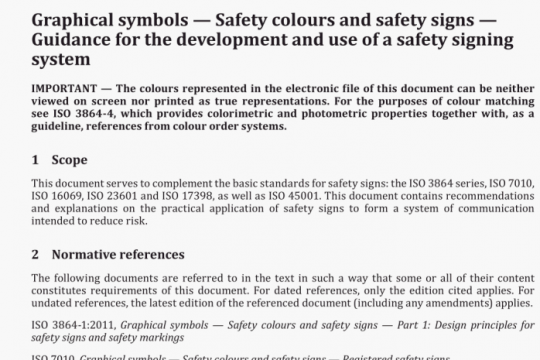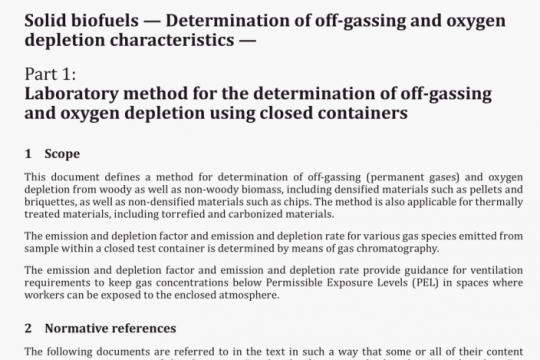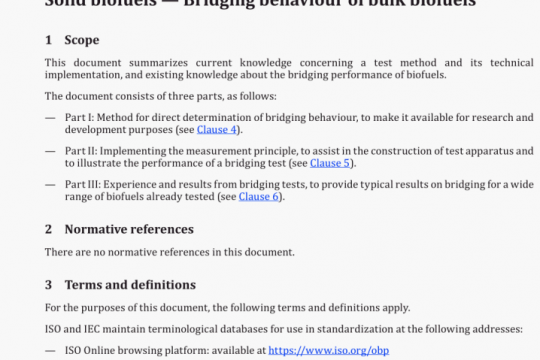EN ISO 28399 pdf free download
EN ISO 28399-2020 pdf free download.Dentistry – External tooth bleaching products [ISO 28399:2020].
4 Classification
4.1 General
External tooth bleaching products can be classified [or either:
a) professional application; or
b) consumer application.
NOTE External tooth bleaching products can be used alone or in conjunction s’ifl auxiliary means or application.
4.2 Products for professional application
These products are tooth bleaching products that are intended by the manufacturer to be applied only by dental professionals (in office tooth bleaching products).
4.3 Products for consumer application
These products are tooth bleaching products that are intended by the manufacturer to be applied by the consumer (for professional home use or for non-professional home use).
NOTE Such external bleaching products can be prescribed by a dental professional or directly available to consumers.
5 RequIrements
5.1 Concentration of active ingredients for bleaching
The concentration of active ingredients for bleaching (equivalent to hydrogen peroxide) delivered by
the unexpired product according to manufacturer’s instructions for use shall be within the range of
+10 % and —30 % of the original concentration stated by the manufacturer for the unopened product.
Annex A or other equivalent method can be used for testing.
5.2 Surface microhardness
The reduction in the Knoop hardness (KHN) or Vickers hardness (VHN) after bleaching shall not exceed 10 %, when tested in accordance with 6.3.
5.3 Surface erosion
Surface erosion of the teeth tested shall be less than the level which is caused by the standard reference solution. The method described in Annex B or other equivalent methods can be used.
6 Measurements and test methods
6.1 Preparation of tooth specimens
Prepare enamel and dentine specimens taken from a consistent location on extracted human or bovine teeth, that have been stored in a neutralized solution that disinfects but does not alter the physical properties. Grind the specimen surface under a constant flow of water in accordance with ISO 3696 starting at P400 and sequentially to a minimum of P1200 silicon carbide paper in accordance with ISO 6344-1. Then polish the surface using a slurry or paste of 0,3 jim mean particle size aluminium oxide. Ensure a minimum of 1 mm thickness of enamel or dentine tissue for the test specimen. Prevent dehydration of test specimens during the preparation procedure.
6.2 Preparation and application of tooth bleaching product
The dispensing, processing and application of the tooth bleaching product used in tests (see Annex C) shall follow the manufacturer’s instructions for use. The method of bleach application shall simulate the clinical procedure in quantity, frequency and duration of the application. Between bleaching intervals, and for 24 h after the last bleach application prior to testing, specimens shall be stored at 37 °C in an artificial saliva solution similar to that described in the ANSI/ADA Specification No. 41141.
6.3 Surface microhardness
Evaluate enamel surface microhardness before and after bleaching treatment.
Determine KHN or VHN surface microhardness by applying a load of 0,49 N (equivalent to a 50 g load) for 15 s. Evaluate a minimum of 10 specimens for each group, with three indentations for each specimen. Prevent dehydration of test specimens during the specimen preparation procedure.
7 Packaging, marking and information to be supplied by the manufacturer
7.1 General
Additional information may be included at the discretion of the manufacturer or as required by regulation in accordance with ISO22727.EN ISO 28399 pdf download.




